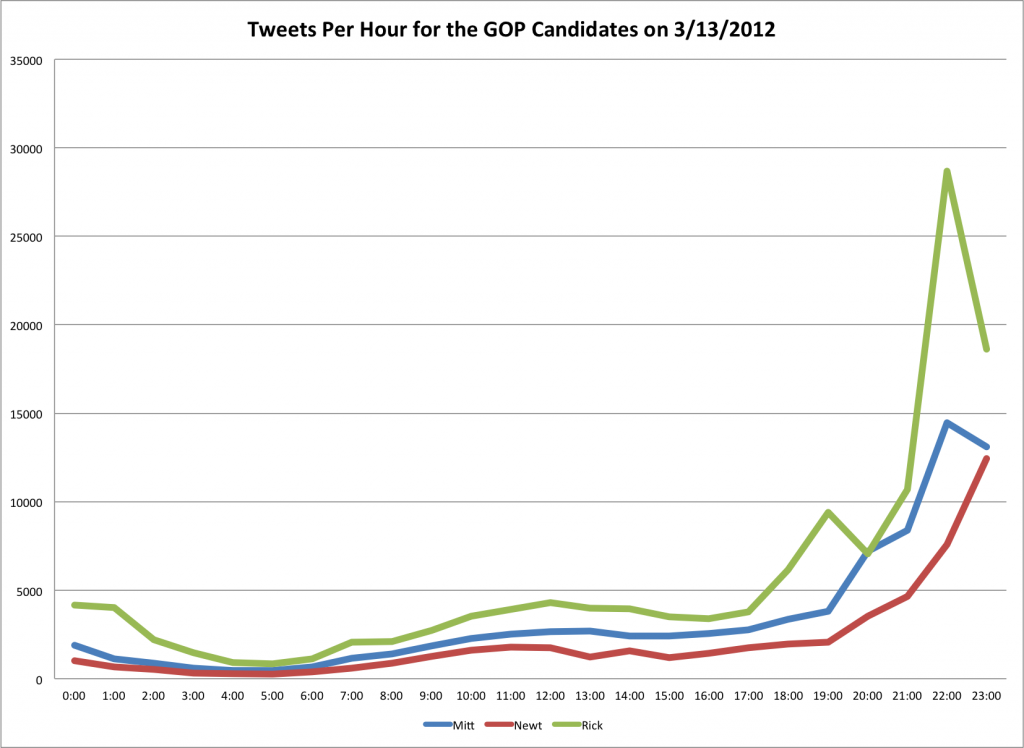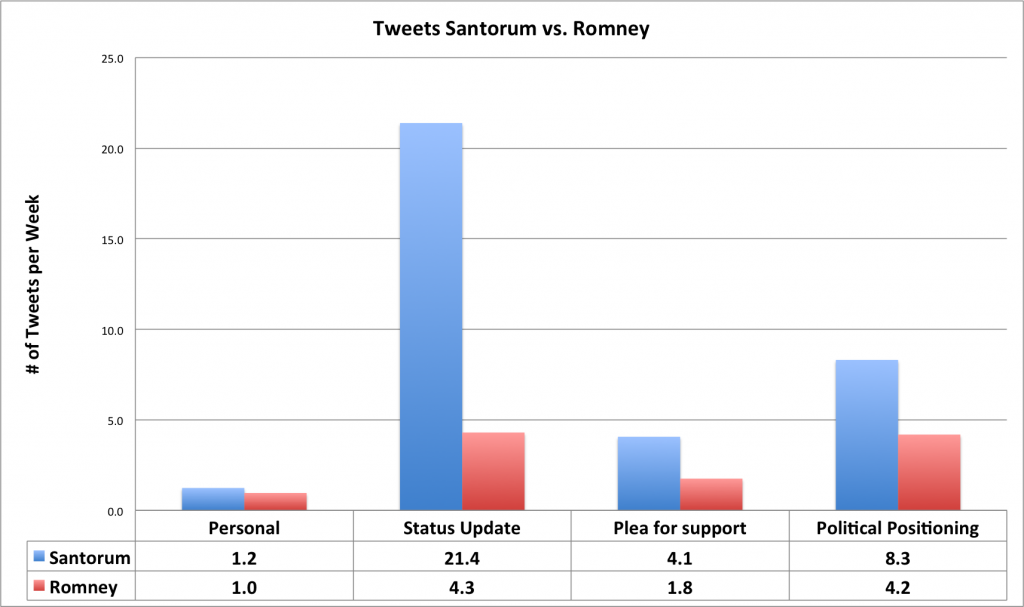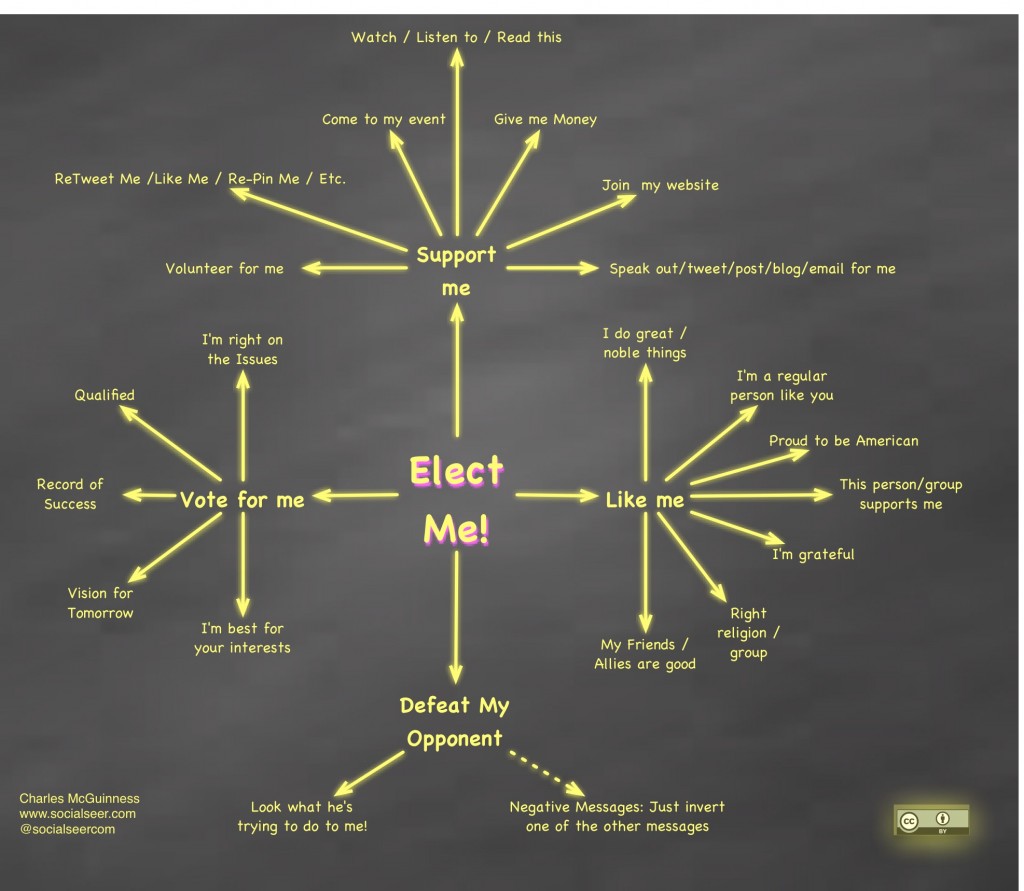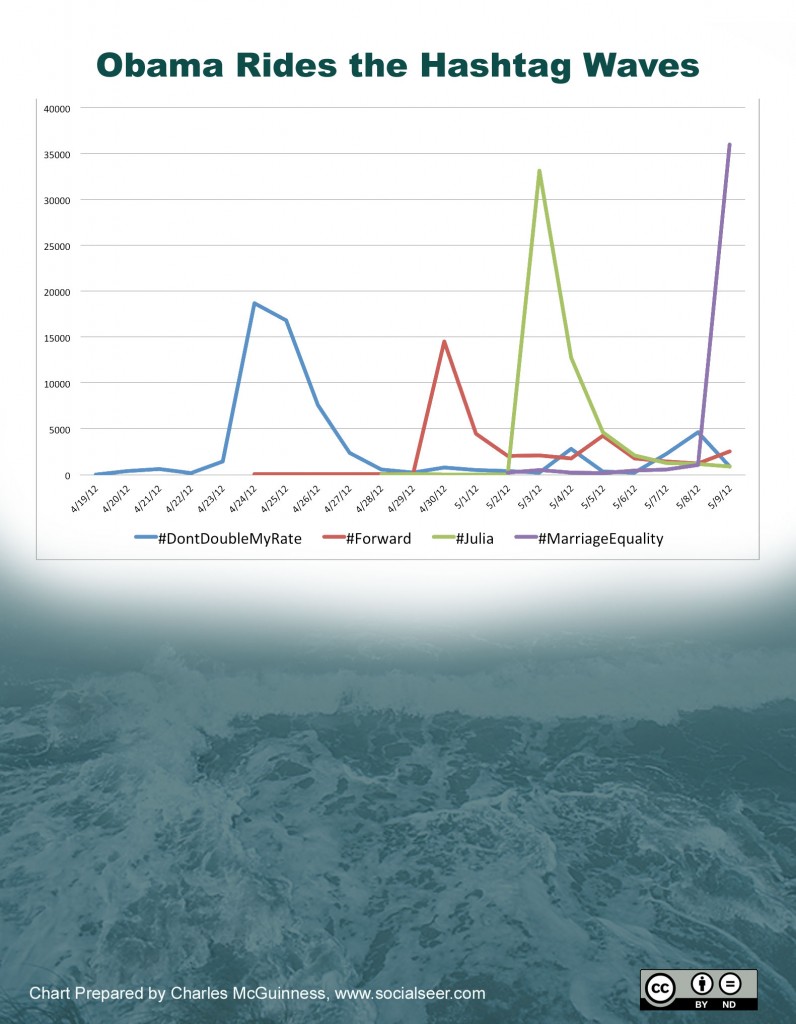For those of us in Florida, the primary battle between Rick Santorum and Mitt Romney has some striking similarities to two years ago, when a tea party favoriate conservative was given no chance against a popular republican governor. Marco Rubio eventually went on to upset Charlie Crist, even though at the beginning of the race Crist was the presumptive nominee. Crist was portrayed as being too aligned with Obama, particularly around the stimulus package, and ultimately Crist could not summon the enthusiasm of the conservative base.
Now, with the battle in the GOP primary coming down to Rick Santorum and Mitt Romney, the battle is like a do-over. Romney-care is being portrayed as the model for Obama-care, and Rick is winning many key battles against Romney. Only, it seems, is Romney’s huge advantage in fundraising keeping his candidacy in front.
There were many lessons from the Rubio/Crist battle, but there’s one which I want to focus on (and is germane to this blog): Rubio’s masterful use of social media, especially twitter.
In the last two years there’s been a revolution in the way sharp politicians use social media, but Marco Rubio was on the leading edge of that wave. This has been noted by many, including the New York Times. While Charlie Crist’s use of social media was anything but social, Rubio’s use was masterful, personal, and connected him to an initially small but enthusiastic group of supporters. Whether he was complaining (and then apologizing) for how long his wife took to get ready to discussing speeding down the highway, followers of Rubio on twitter got a sense of him as a real person and connected to him. Those connections gave his followers both a feeling of participating as well as a resiliency as Rubio hit the inevitable bumps along the way to his election.
Florida is a very large state and has several large and expensive media markets. That makes campaigning in Florida a microcosm of the US: you can’t show up in a few diners in New Hampshire or churches in Iowa and expect to do very well. But the use of social media by Rubio meant that he could find, connect with, and stay in touch with supporters throughout the state in a very efficient manner. Even though Crist has substantial backing at the start, Crist’s reliance on old-media (and expensive media) muted his financial advantages enough to allow Rubio to trounce him.
I suspect that a masterful use of Social Media in this year’s GOP primary race might result in a similar upset for Santorum. And so, the question at hand is: Is Santorum making a masterful use of Social Media?
To start to answer that question, we have to differentiate between the general buzz about the candidates in the social media and the person use of social media that builds the connections. To be clear, the general buzz is a good thing, but it tends to ebb and flow in reaction to events, rather than cause events to happen. Consider the chart below:
 Twitter messages about the three candidates during & after the 3/13/2012 primaries
Twitter messages about the three candidates during & after the 3/13/2012 primaries
Santorum’s mentions on Twitter took off after the primaries were coming to a close and it was clear he was the winner. My interest is really in how does social media shape events before they happen, and, in this case, in the battle between Rick Santorum and Mitt Romney
To answer that, there’s a qualitative and a quantitative question.
The qualitative question is “how personal are the messages from the candidate?” Lots of candidate messages are either irrelevant “thank you Mobile for the warm welcome” kind of mentions, or appeals to action like “please donate $5 to stop the bad guys”. It’s preaching to the choir. I’m looking for the heartfelt, the humorous, the self-deprecating — anything that connects a candidate to the voting public.
The quantitative question is “how frequently does the candidate engage with the public?” If you have a tweet a week, unless you are able to compose the most heartfelt, poetic messages, it’s not going to move the voter into your column.
I did an analysis of the most recent 200 tweets from Santorum’s and Romney’s personal accounts. 200 may seem like a low number, but it takes us back to Thanksgiving with Romney, and much further beyond that would have left us with tweets from before the race was really going in earnest.

Click on Chart to enlarge
From a quantitative standpoint, Santorum is sending out tweets at a rate roughly 3 times higher than Romney. Mitt’s not even making 2 tweets a day, while Rick is running at about 5 a day. Even if Mitt’s tweets were qualitatively more powerful than Rick’s, his light volume means that he is totally missing most of his listeners except for those who go out of their way to listen to Mitt.
From a qualitative standpoint, I categorized tweets into four categories:
- Personal, where the candidate is expressing a feeling or sentiment or something that in someway humanizes the candidate and isn’t blatantly self serving.
- Status updates, which are “we will be at ____”, “thank you for the great reception at ____”, or “I’m proud to have the support of ____” kind of messages.
- Pleas, either contribute money, time, or take some other action.
- Political Positioning, usually either why Obama is horrible or why the other candidates in the primary are horrible.
I appreciate that these are very subjective, and I don’t propose them to be rigorous — but they don’t really need to be, insofar as we’re talking about a style of communicating.
Unfortunately, neither of the two candidates is very personal in their style (You want to see personal? Bring back Jon Huntsman’s daughters!). Rick sends out lots of status updates, thanking every place his been and every politician who’s supported him. Mitt is more inclined to bash Obama except when he has a tight primary battle, at which point he bashes his opponents a little and then goes back to bashing Obama like a broken record.
So that brings us back to the central point: how can Rick Santorum use social media to gain an advantage over Romney? (Or, conversely, how could Romney use social media better himself?). The answer is that there is very little in the twitter streams from either candidates that humanizes them or makes them more relatable. Voters are looking for a candidate to back, not a basket of positions.
When Marco Rubio was running, his twitter feed certainly had all of the same kind of tweets that Rick and Mitt are sending. But it had the feel of a personal journal — we got the sense of what the experience was to him. It was honest and had a feel of authenticity, not carefully crafted polemics. I felt like Marco was taking a moment to fire off a tweet from his phone to capture his life as it was happening.
As an underdog, Santorum has more work to do and cannot afford to “fight a land war in asia” against Romney. Santorum will be ground down and pull into Tampa short of delegates. Instead, he has to make a change in the way the game is being played. Romney has dehumanized himself, and Santorum is sitting in neutral. If he aggressively portrays himself as a person the average GOP voter can relate to — as someone who people just like, regardless of specific positions, he can decimate Romney’s support and pull into Tampa in the lead.
Rick, if you want to win, get twitter lessons from Marco.
Update: Ah, well, Rick didn’t win in the end, but he didn’t take my advice either. 😉



 Twitter messages about the three candidates during & after the 3/13/2012 primaries
Twitter messages about the three candidates during & after the 3/13/2012 primaries